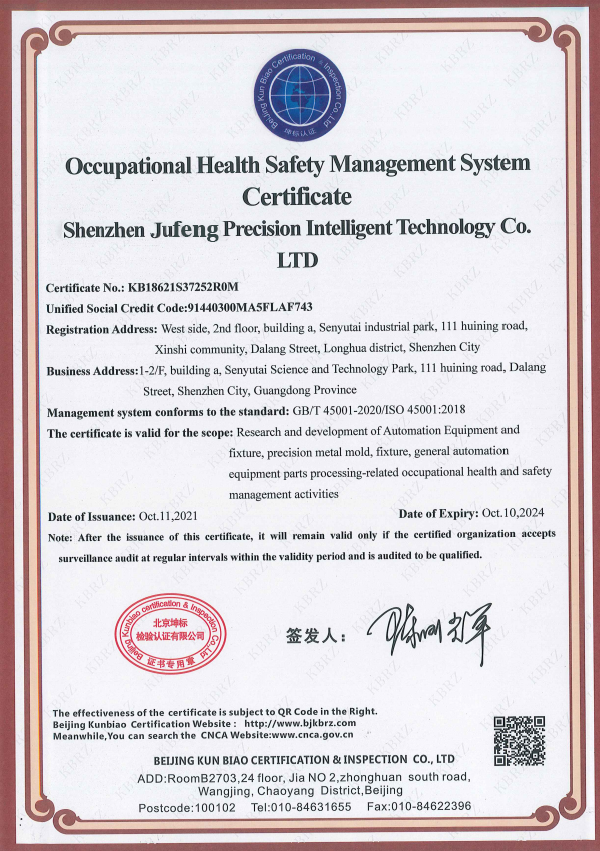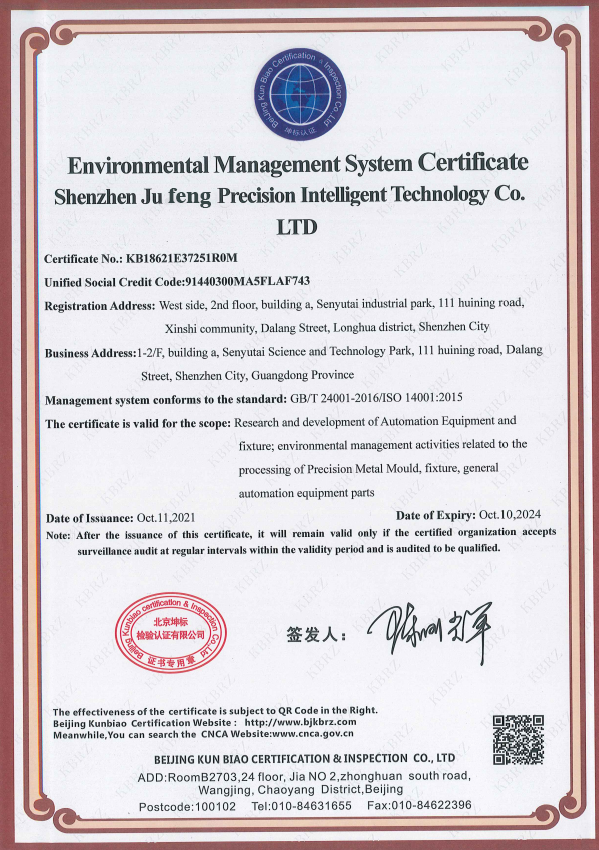News
A Comprehensive Exploration of Multi Station CNC Machining Fixture Materials and Their Durability
A Comprehensive Exploration of Multi Station CNC Machining Fixture Materials and Their Durability
Table of Contents
- Understanding CNC Machining Fixtures
- The Importance of Materials in Fixture Design
- Common Materials Used in CNC Fixtures
- Assessing Durability
- Maintenance and Care of CNC Fixtures
- Future Trends in Fixture Materials
- Conclusion
- FAQs
Understanding CNC Machining Fixtures
CNC (Computer Numerical Control) machining fixtures are critical components in the manufacturing process, providing a stable and precise platform for workpieces during machining operations. These fixtures are designed to securely hold the workpiece in place, ensuring accuracy and repeatability across multiple machining cycles. In multi-station setups, where several operations occur simultaneously, the design and material of these fixtures become even more crucial.
The Importance of Materials in Fixture Design
The choice of material used in CNC machining fixtures directly impacts their performance, durability, and overall effectiveness. Different materials offer various strengths and weaknesses, influencing factors such as weight, thermal expansion, resistance to wear, and cost. Selecting the appropriate material for a specific application is essential for optimizing machining efficiency and achieving the desired results.
Common Materials Used in CNC Fixtures
CNC machining fixtures can be constructed from various materials, each with distinct properties and advantages. Understanding these materials helps manufacturers make informed decisions.
Metal Fixtures
Metal fixtures are among the most commonly used types due to their robustness and stability. Common metals include:
- **Aluminum**: Lightweight and corrosion-resistant, aluminum is ideal for fixtures requiring easy handling and transportability. Its thermal conductivity also helps manage heat during machining operations.
- **Steel**: Offering high strength and durability, steel is suitable for heavy-duty applications. Different grades of steel, such as stainless steel and tool steel, provide varying levels of corrosion resistance and hardness.
- **Cast Iron**: Known for its excellent vibration dampening properties, cast iron is often used in fixtures requiring high stability and rigidity during machining.
Plastic Fixtures
Plastic fixtures, such as those made from polycarbonate or nylon, are gaining popularity due to their lightweight nature and resistance to corrosion. These materials can also be beneficial in applications where electrical insulation or chemical resistance is critical. However, it's essential to consider their lower strength compared to metals when assessing their suitability for specific tasks.
Composite Fixtures
Composite materials, which combine different substances to enhance properties, are becoming increasingly prevalent in CNC machining. These fixtures offer a unique blend of lightweight characteristics and robust performance. For instance, carbon fiber composites provide excellent strength-to-weight ratios, making them suitable for complex and dynamic machining operations.
Assessing Durability
Durability is a key aspect of CNC machining fixtures, directly affecting their longevity and reliability. Assessing the durability of fixture materials involves examining various factors and employing several testing methods.
Factors Affecting Durability
Several factors can influence the durability of CNC machining fixtures:
- **Material Properties**: The inherent characteristics of the material, such as tensile strength, hardness, and resistance to wear, play a significant role in determining durability.
- **Environmental Conditions**: Fixtures subjected to harsh environments, including humidity, temperature fluctuations, and exposure to chemicals, may experience accelerated wear and degradation.
- **Machining Conditions**: The type of machining operation, tool used, and cutting forces applied will affect the fixture's performance and longevity. Higher cutting speeds and feed rates may lead to increased wear on the fixture.
Testing Methods for Durability
To evaluate the durability of CNC machining fixtures, various testing methods can be employed:
- **Fatigue Testing**: Subjecting fixtures to repeated cycles of loading and unloading can reveal their fatigue limits and provide insights into their lifespan.
- **Wear Testing**: Simulating machining conditions to assess how materials hold up against wear can help identify the best options for specific applications.
- **Thermal Testing**: Exposing fixtures to temperature variations can help gauge their stability and performance under different thermal conditions.
Maintenance and Care of CNC Fixtures
Proper maintenance of CNC machining fixtures is essential for ensuring their durability and optimizing machining performance. Regular inspection, cleaning, and timely repairs can significantly extend the lifespan of these critical components.
Regular Inspection
Routine inspections help identify wear and tear before they escalate into significant issues. Checking for signs of deformation, rust, or damage allows for proactive maintenance measures.
Cleaning
Keeping fixtures clean is crucial for maintaining precision in machining. Accumulated debris and coolant residues can negatively impact the fixture's performance and lead to inaccuracies in machining.
Timely Repairs
Addressing minor damages promptly can prevent them from developing into more extensive problems. Whether it involves replacing worn components or repairing surface defects, timely intervention is essential.
Future Trends in Fixture Materials
As technology advances, the materials used in CNC machining fixtures are evolving. Emerging materials and innovative processes are expected to enhance performance and durability. Trends to watch include:
- **Advanced Composites**: Continued development of new composite materials may lead to even lighter and stronger fixtures capable of withstanding demanding machining environments.
- **Smart Materials**: Integrating sensors and smart technology into fixtures could provide real-time data on their performance, allowing for better maintenance and optimization.
- **Sustainability**: With increased focus on sustainability, future materials may prioritize eco-friendly production processes and recyclability without sacrificing performance.
Conclusion
Understanding the materials used in multi-station CNC machining fixtures is essential for optimizing machining processes and ensuring durability. By selecting the right materials and employing effective maintenance practices, manufacturers can enhance the longevity and performance of these crucial components. As technology evolves, staying informed about new materials and trends will be vital for maintaining a competitive edge in the machining industry.
FAQs
1. What are the most durable materials for CNC machining fixtures?
The most durable materials include steel, aluminum, and cast iron, each offering specific advantages based on the application's requirements.
2. How can I maintain my CNC machining fixtures?
Regular inspections, thorough cleaning, and timely repairs are key to maintaining CNC machining fixtures effectively.
3. Are plastic fixtures suitable for all machining applications?
While plastic fixtures can be suitable for specific applications, their lower strength compared to metals may limit their use in heavy-duty machining environments.
4. What factors should I consider when choosing fixture materials?
Consider factors such as material properties, environmental conditions, and specific machining requirements when selecting fixture materials.
5. How do I test the durability of my CNC machining fixtures?
Durability can be assessed through fatigue testing, wear testing, and thermal testing to gauge material performance under different conditions.




